White mushroom, or boletus, is one of the most delicious and healthy mushrooms that can be found in the forest. The fruit portion of this species is often used in cooking. Despite this, it is rarely seen on the table, due to the fact that it is quite an expensive pleasure, and in the forest it grows at certain times of the year. That is why there are so many who want to learn how to grow ceps on their own and all year round at home. This activity is very interesting and can be a great hobby.
Content
- 1 Features of the view and useful properties
- 2 Conditions for growing porcini mushrooms at home
- 3 How to prepare a basement or greenhouse
- 4 Options for obtaining mycelium at home
- 5 The algorithm for growing porcini mushrooms year-round
- 6 Pros and cons of mushroom growing for business
- 7 Answers to widespread questions
Features of the view and useful properties
White mushroom is a vivid representative of the mushroom kingdom, which belongs to the family of boletus and the family of boletus. Borovik got its name because even after heat treatment and cooking its flesh remains white. This variety has a fairly large size. The hat is semi-circular, has a brown color with a brown tint, in size, on average, grows up to 20-30 cm in diameter, and in some cases can grow up to 50 cm.
The color of the hat becomes darker gradually, and its surface is velvety and pleasant to the touch. In conditions of high humidity, it is covered with a thin mucous membrane. The leg is fleshy, grows up to 12 cm in height. The consistency is fleshy and juicy, and the shape is barrel-shaped, narrowed in the upper and lower parts. Color can be different, from light brown to dark shades with red spots.
You can meet boletus in almost all latitudes, with the exception of those places where the climate is very dry and hot. This variety prefers forests with sandy or loamy soils. The peak yield occurs in early June and lasts until mid-autumn.
Conditions for growing porcini mushrooms at home
Growing mushrooms is quite a difficult matter in the aspect that it is necessary to constantly maintain suitable conditions for their propagation.
Temperature and lighting
One of the most important points is the temperature regime. The most acceptable room temperature is from 15 to 19 degrees. In the cold season, a stove or heater is installed to maintain this level.
No less important point is the humidity in the room, which should be at least 90%. To maintain it in a room with growing fruit parts, many water containers are placed or a special device, a humidifier, is used.
If mushroom cultivation is carried out in the basement, then you need to take care of the lighting. It should not be bright, because mushrooms prefer darkened places and they do not need a large amount of light. During incubation, the light is completely destructive.
Such conditions are suitable for growing boletus, but are uncomfortable for humans. Also, fruiting bodies release a large number of spores into the air, which can cause an allergic reaction. And in people with hypersensitivity, everything can turn into asthma. That is why masks come and work in such premises.
Seat selection
The best room for cultivation is a greenhouse, shed or basement.
There is also a lot of information that mushrooms can be grown on window sills or on balconies at home. This is a real option, however, it will be very difficult to create and maintain just such conditions. In this regard, the crop will either be very small or not at all, as young fruits are very sensitive to the conditions in which they grow.
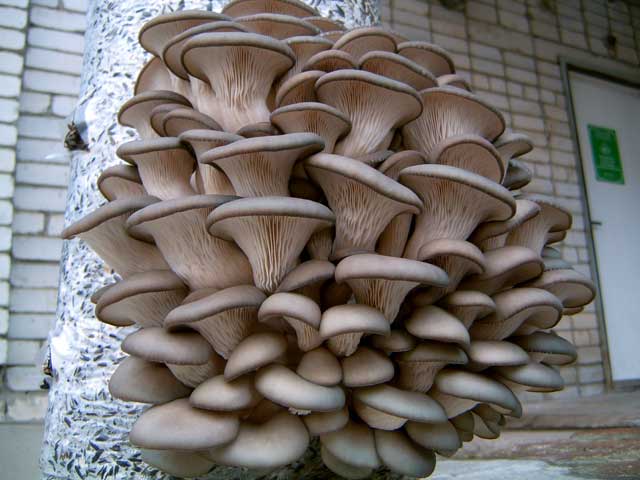 You may be interested in:
You may be interested in:How to prepare a basement or greenhouse
First of all, the basement should have a concrete floor, the room should be isolated and protected from external factors. To provide illumination to growing fruits, a lamp must be turned on for several hours a day. The light should be dim, diffused and evenly illuminate all the "beds".
There should be ventilation in the basement. It can be natural, if not enough - you can supplement it with fans and air purification filters.
In order to better navigate in terms of temperature and humidity, a thermometer and a hygrometer are installed in the basement. Humidity can be increased by spraying the floor. If the basement area is too large, then it can be divided into several parts. So, in one part there will be seedlings, and in the second - grown fruits.
Before planting mycelium or spores in the basement, it is thoroughly disinfected, for example, with a formalin solution. After these procedures, the basement is thoroughly ventilated.
In order to prepare a greenhouse, first of all, the film on the inside is painted over with chalk solution or covered with dark agrofibre on top so that the lighting of the fruits is scarce. To maintain moisture levels in greenhouses, drip irrigation is most often used. A hygrometer is installed to determine the moisture level.
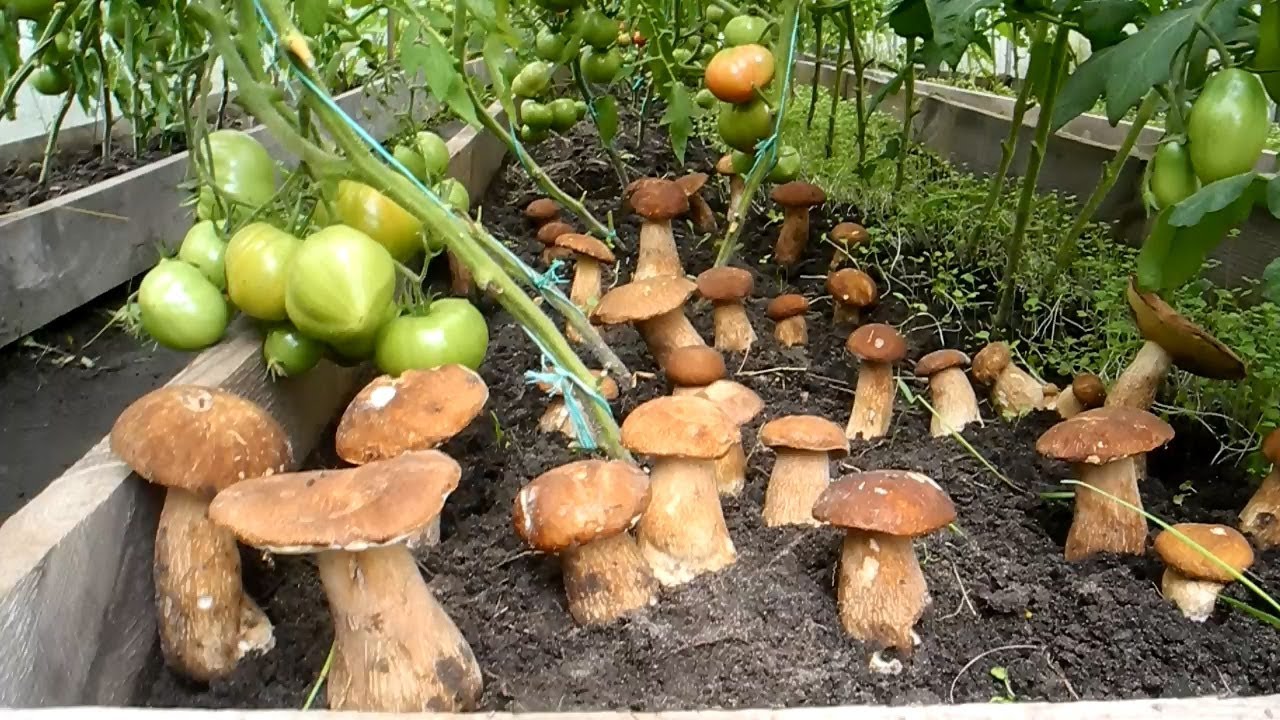
To maintain a constant temperature in greenhouses, you can install a stove or fan heater, as well as hang a thermometer in order to always know the temperature. Boxes with mushroom pickers do not arrange wooden racks that need to be built in advance.
Options for obtaining mycelium at home
There are several options for obtaining mycelium - from mycelium, bought in a store or dug in the forest, or from spores of mushrooms collected in the natural environment.
From mycelium
The most common is the method of reproduction using mycelium. It can be purchased at a specialty store. The finished mycelium must be placed on a substrate. It can also be purchased ready-made, or you can do it yourself.
To do this, dry forest grass, pine needles, small twigs and leaves of trees (oak, birch), moss are mixed and covered with 4 parts of sand and 1 part of clay. This ratio gives an imitation of the soil most suitable for the growth of ceps. The mixture is “infused” for 10-14 days and then the mycelium is placed in it. The thickness of the substrate layer should be at least 30-35 cm under the mycelium and 3-5 cm above. Drain should be placed under it.
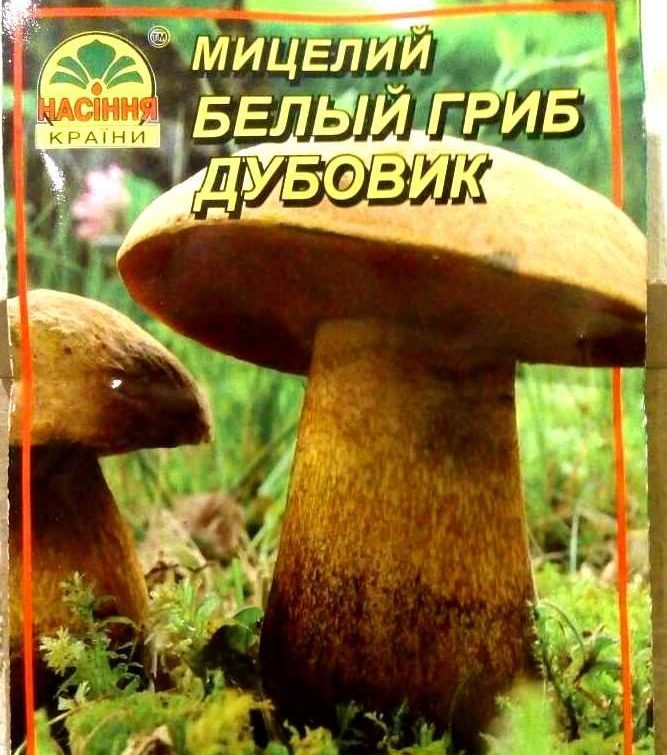
Out of the argument
There is also the option of growing boletus from spores. A dozen fruit parts are collected in the forest and a leg is cut off, since it is not needed. At home, the collected mushrooms are immediately sorted into groups, depending on which tree they found it under, and then planted under the corresponding tree, if possible.

Mushrooms are soaked in warm water for a day. In water, add a tablespoon of sugar per 10 liters of water. After the set time, the caps are torn into small pieces in water and crushed to a homogeneous mass.The resulting mass is filtered through cheesecloth. Strained water with spores remains in the container.
The soil is also prepared in advance. Shredded hats are poured into it, they are covered with peat soil and poured with water with spores. From above, everything is abundantly poured with water and placed immediately in the prepared room.
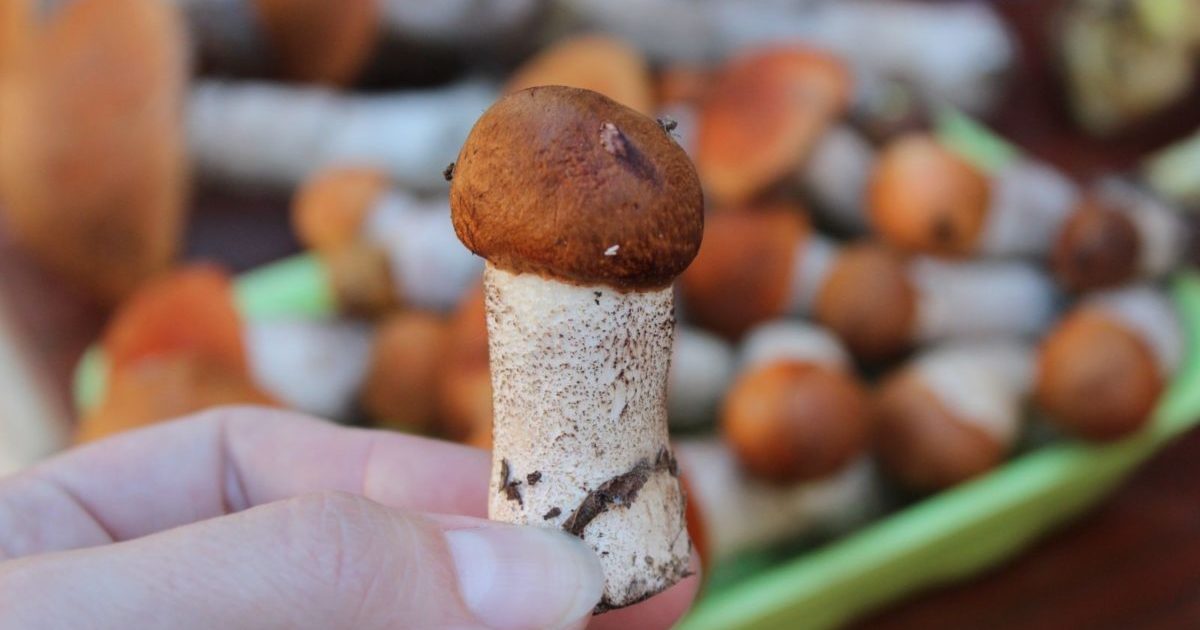 You may be interested in:
You may be interested in:The algorithm for growing porcini mushrooms year-round
The main plus of growing mushrooms at home is the harvest, which can be obtained at any time of the year. With the help of greenhouses, cellars and other premises, boletus can be propagated year-round.
On the windowsill
The substrate is scattered on the containers and placed in them mycelium. Plastic containers are suitable for planting. The containers are placed on the windowsill and watered several times a day. It is also necessary not to forget to ventilate the room, maintain the required temperature.
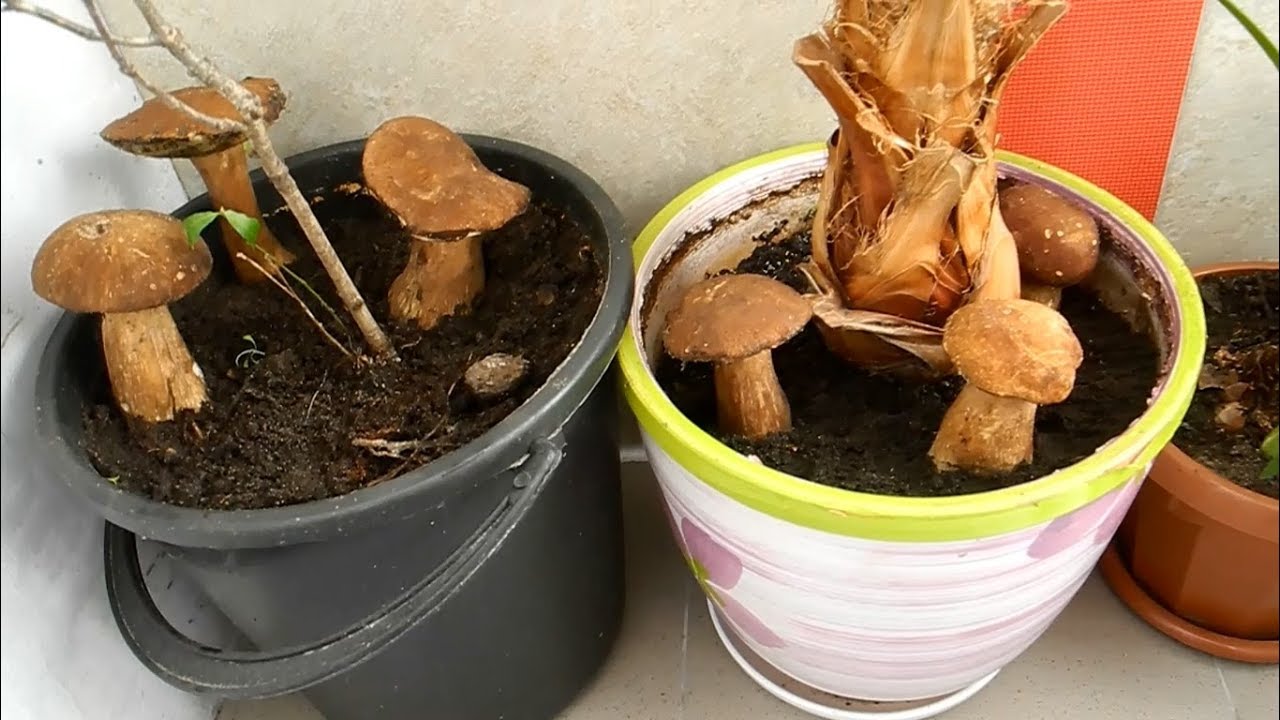
In the heating season in the apartment it is difficult to lower it to the desired level, so it makes sense to conduct such an experiment on the balcony. To begin with, it should be quite warm - 25-28 degrees, after the appearance of the first shoots you need a "cooling" - you should lower the temperature to 15-18.
Additional lighting for the mushrooms is not required, it will be enough that penetrates from the windows. If the experiment succeeds, the first crop will appear in about 30 days.
In the basement
A feature of growing mushrooms in the basement is that, in addition to constant watering, it is necessary to provide daily illumination for several hours - at least 6. Lamps are better to choose daylight.
In the greenhouse
The process of growing in a greenhouse does not differ from the germination of mycelium in the basement. To do this, the mycelium is buried in the substrate, which is watered abundantly.
Additional light is not required, heat and humidity should be the same as in the basement. Mushrooms need an oxygen supply, which is provided by regular ventilation of the greenhouse.
To maintain humidity, you need to regularly spray plantings with water. You can also use containers with sawdust - they perfectly retain moisture.
To remove the crop, you need to carefully “unscrew” the mushroom from the soil, and again sprinkle the resulting hole with a substrate. No other way (cut, tear out the mushroom) can not be used, since you can damage the mycelium.
Pros and cons of mushroom growing for business
Propagation of porcini mushrooms at home is considered a profitable and good business, since this variety is very popular and is considered a delicacy. This is done most by amateurs, not large enterprises. In order to prepare everything for reproduction, it will take about 30-40 thousand rubles.
Finding customers is easy, because mature fruiting bodies can be sold to wholesalers or the market. A good idea is to sell cep mushroom mycelium.
The main disadvantage of mushroom reproduction as a business is crop failure. Due to the fact that this variety is quite whimsical in the care and cultivation, it may happen that the mushrooms do not grow, and you need to be prepared for this.
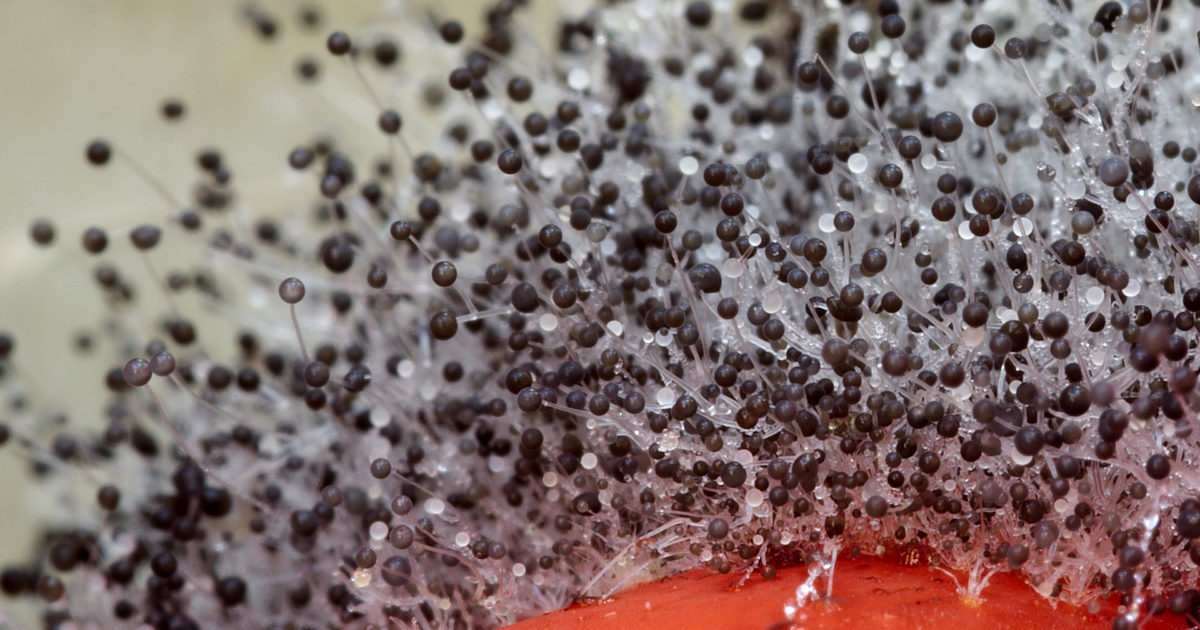 You may be interested in:
You may be interested in:Answers to widespread questions
Mushrooms are delicious and popular mushrooms, so growing them at home is a great idea. Despite the fact that this is a very difficult and laborious process, you can enjoy it and even, possibly, make good money.

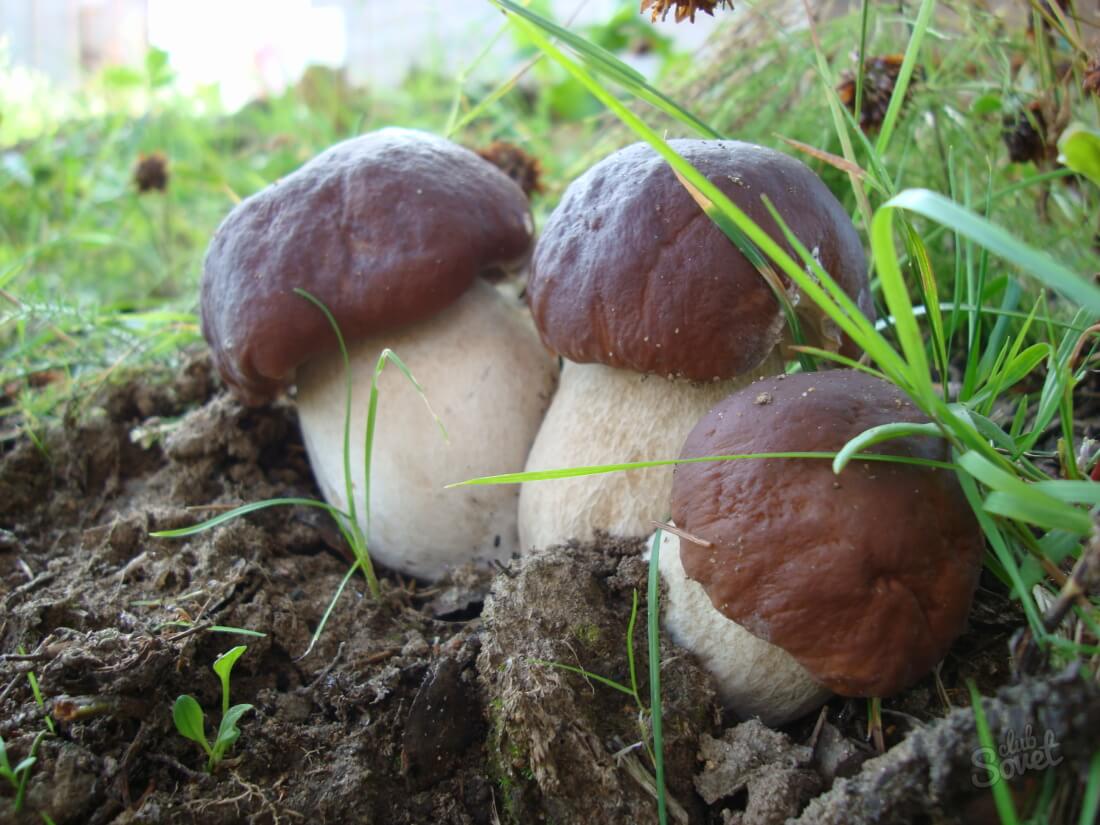
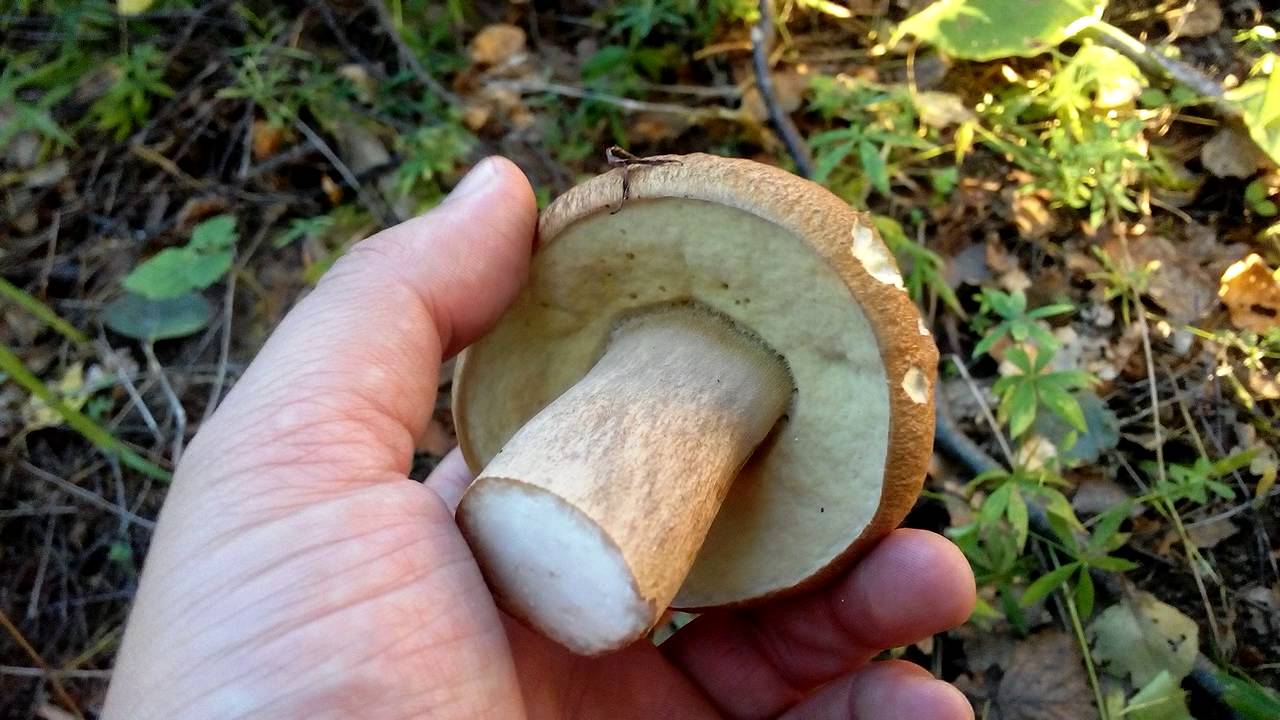
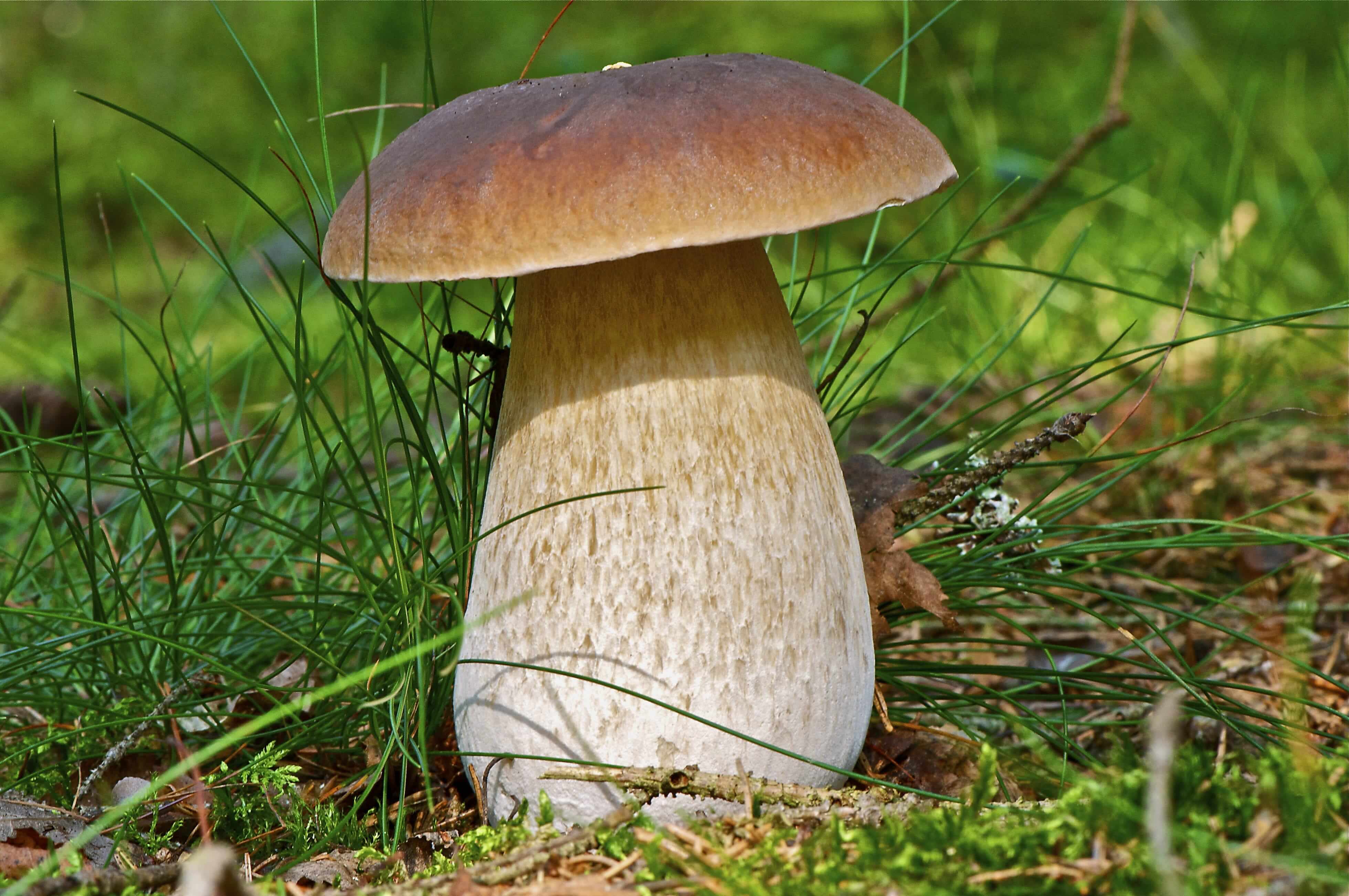

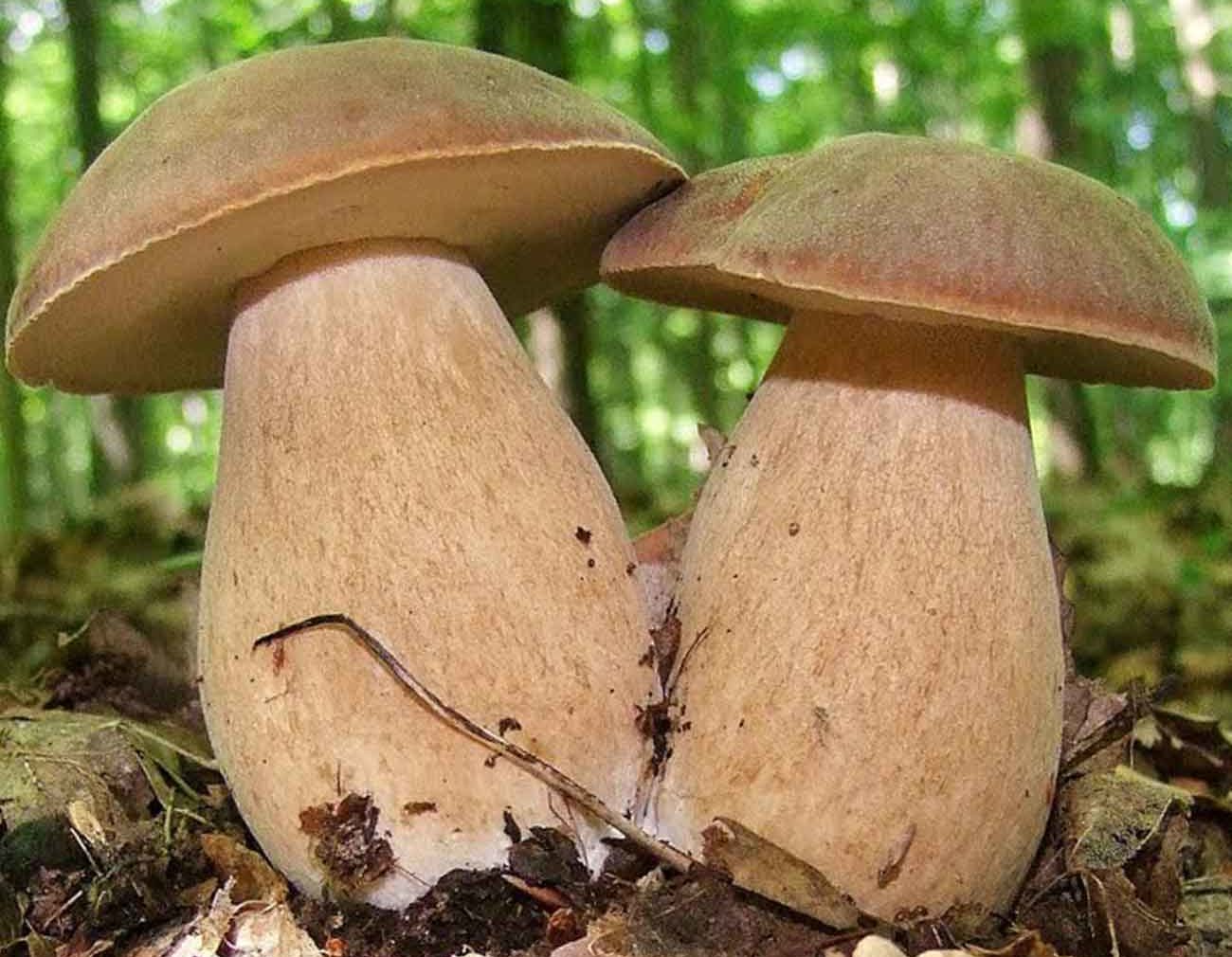
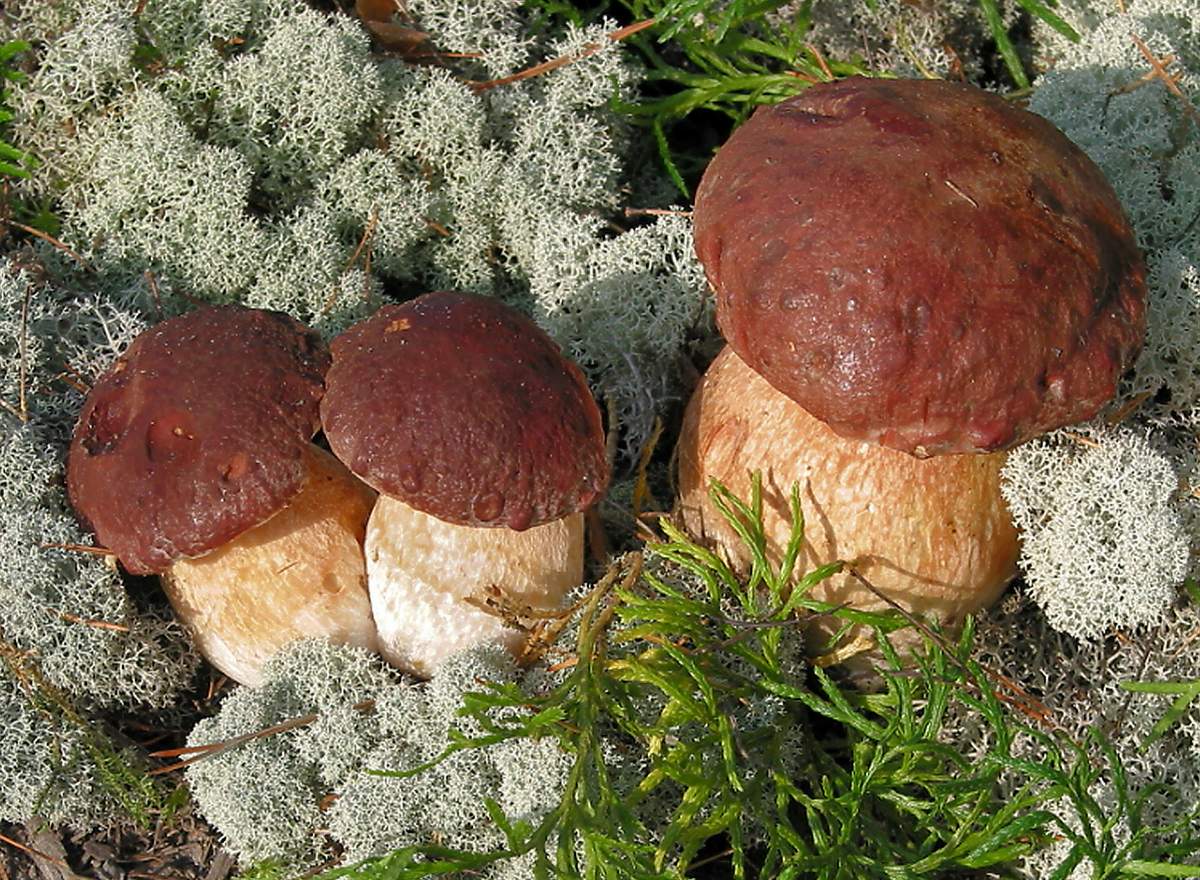
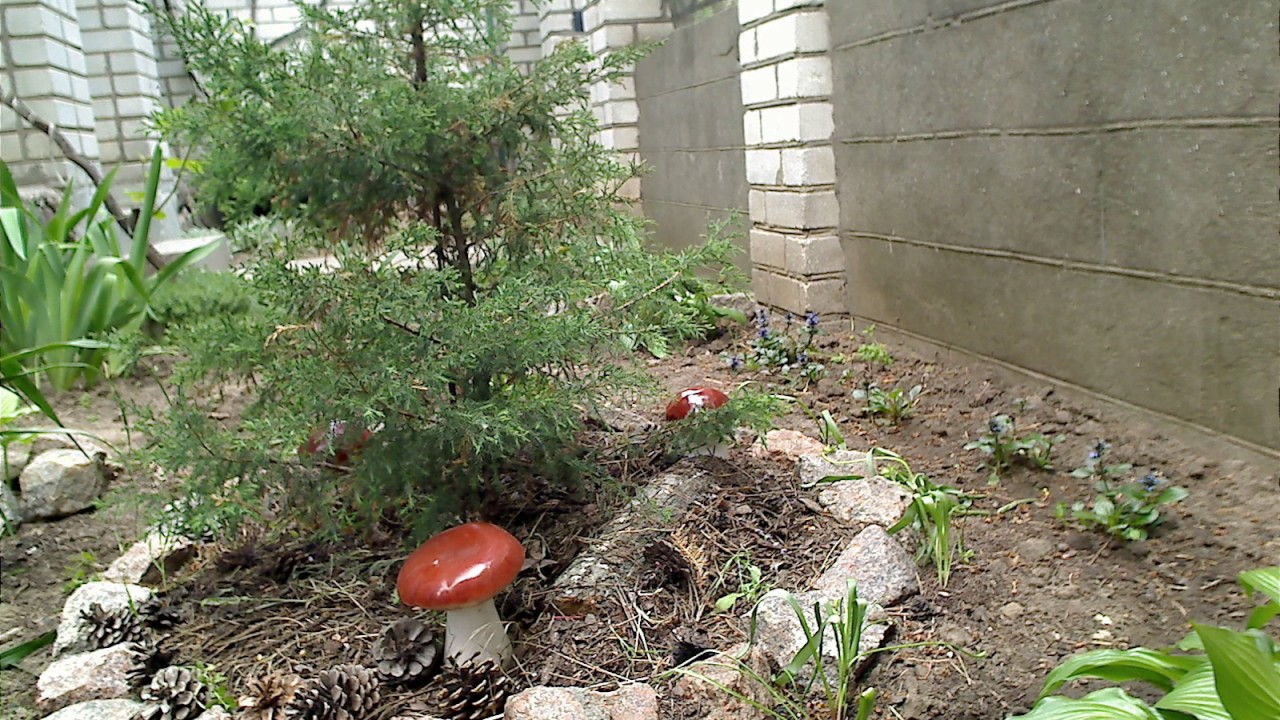
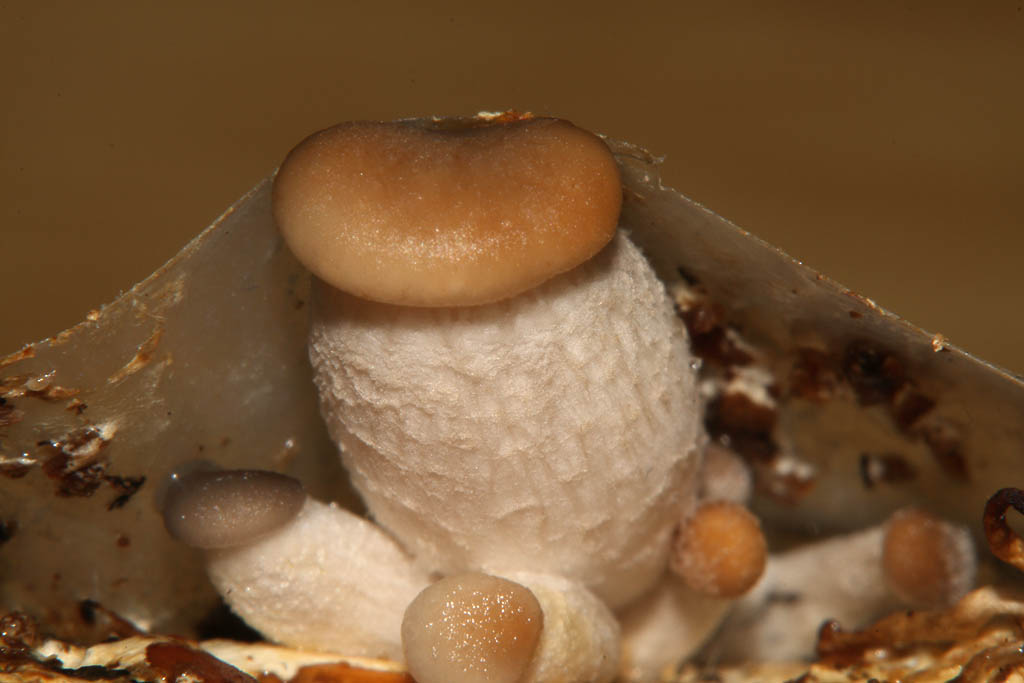
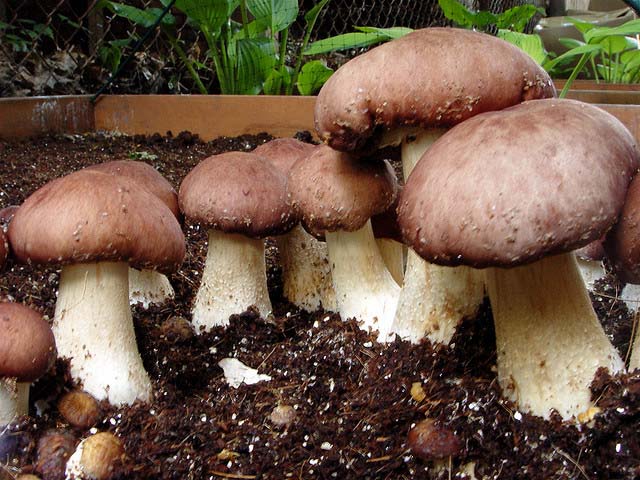
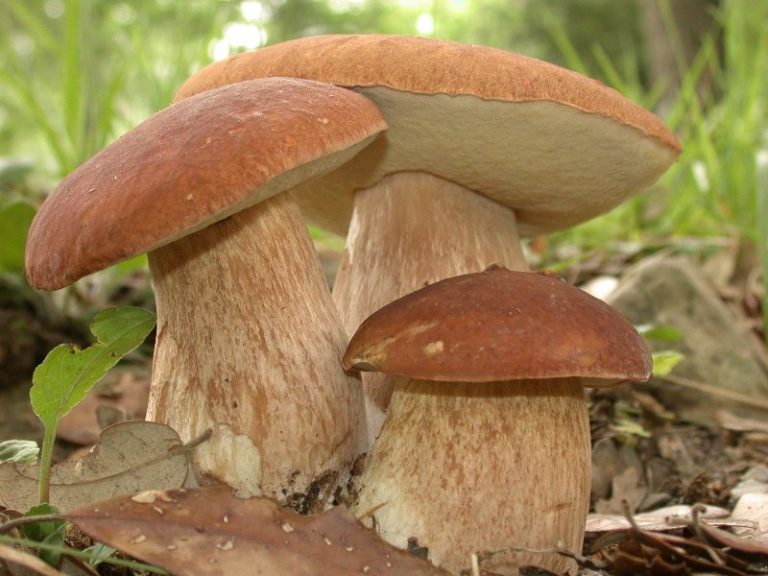
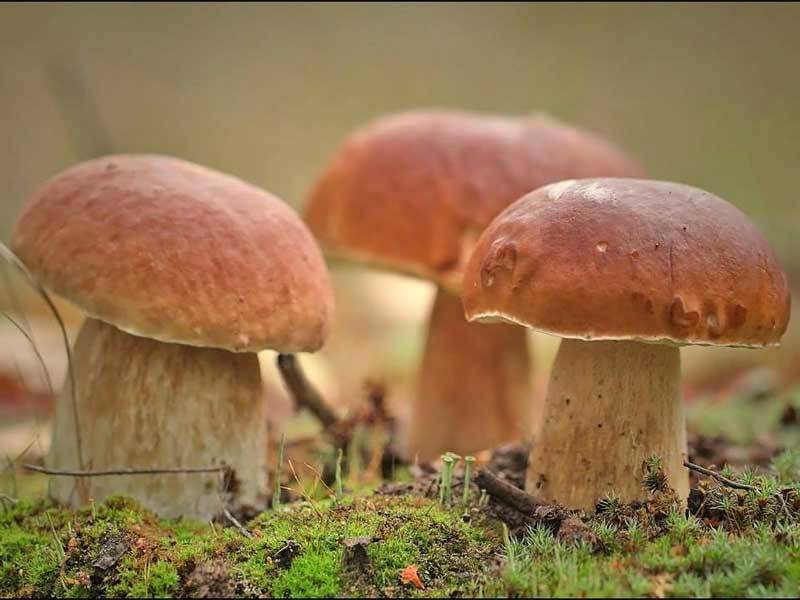



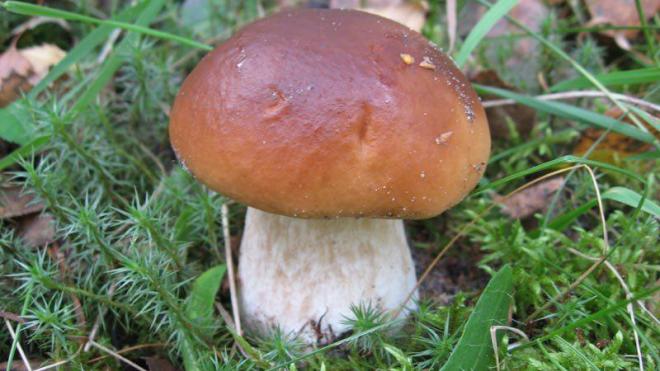
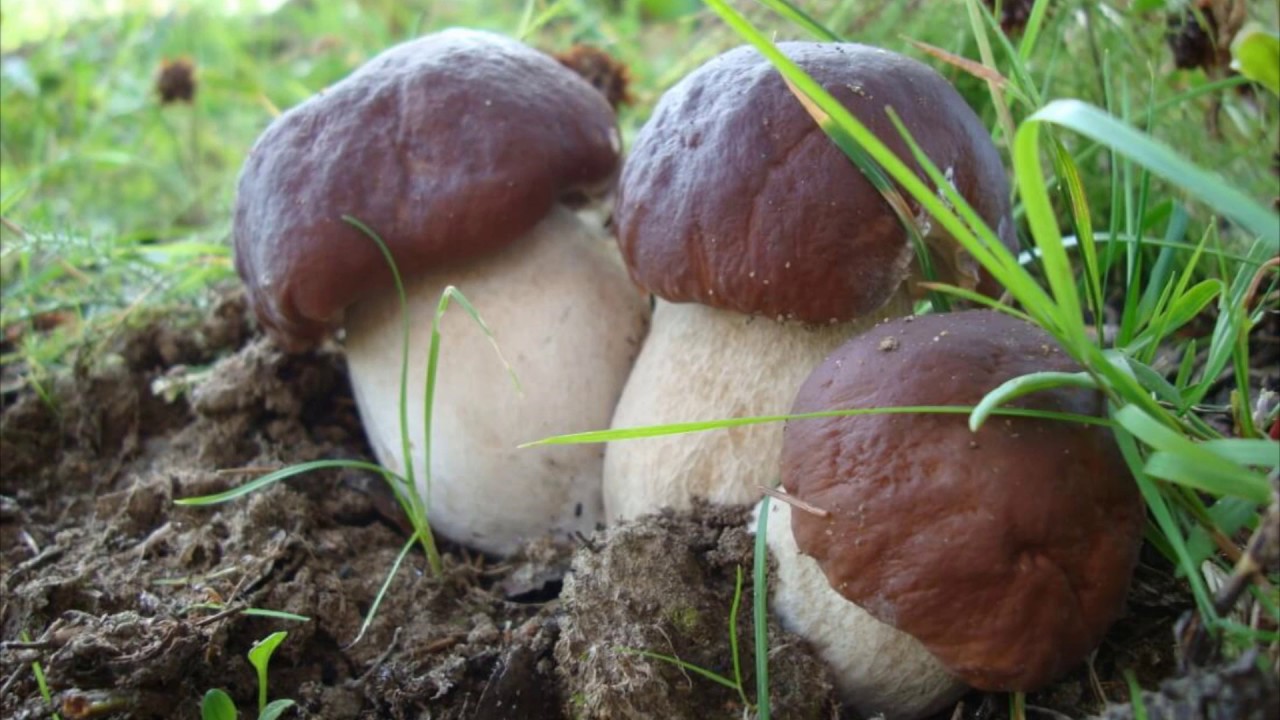
 Care and use of Kombucha at home (+22 photo)
Care and use of Kombucha at home (+22 photo) Edibility of the fungus of the motley umbrella and its description (+19 photo)
Edibility of the fungus of the motley umbrella and its description (+19 photo) Description of edible and inedible oils, their poisonous counterparts (+40 photos)
Description of edible and inedible oils, their poisonous counterparts (+40 photos) Useful properties of milk mushroom and its contraindications (+17 photos)
Useful properties of milk mushroom and its contraindications (+17 photos)